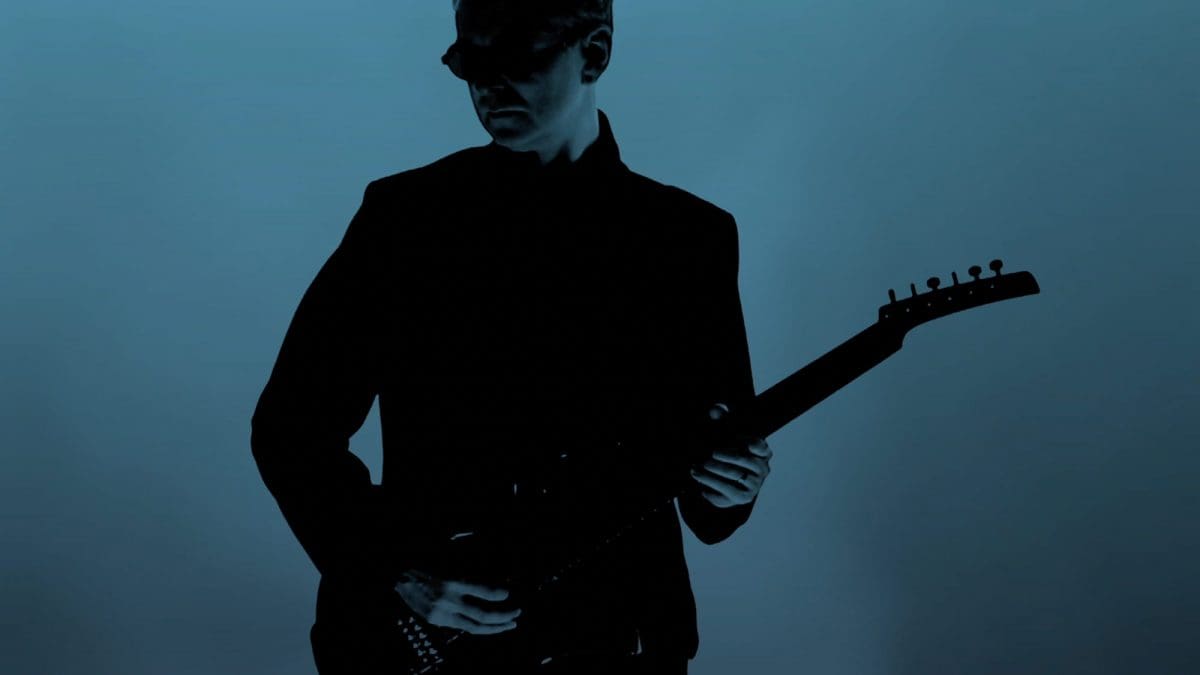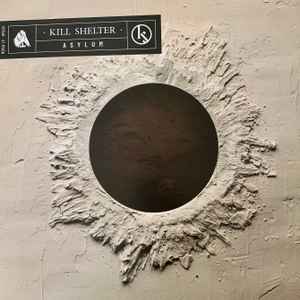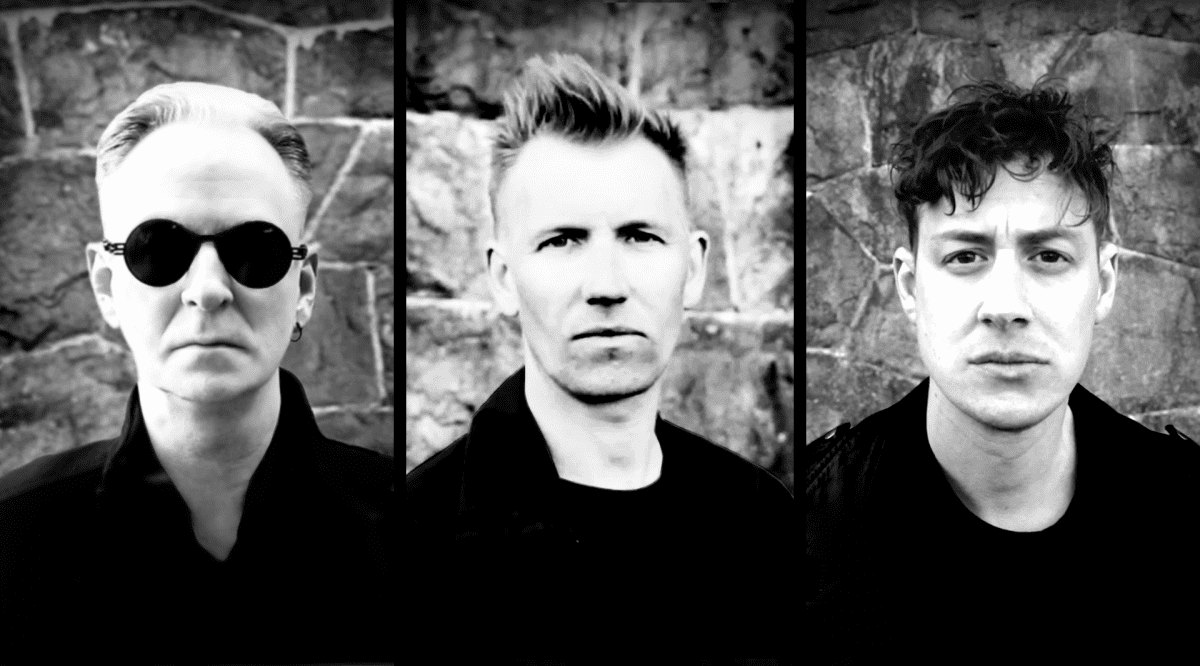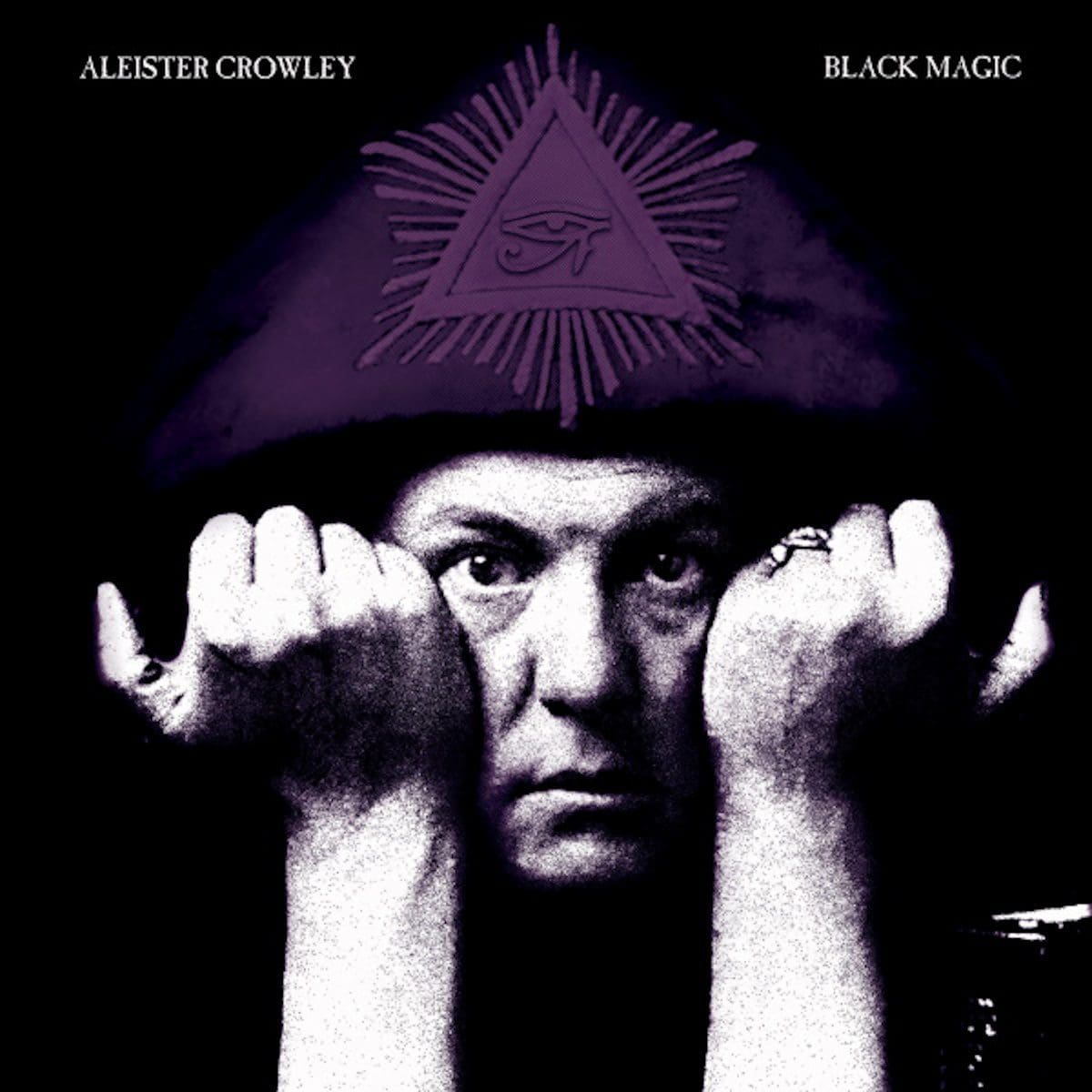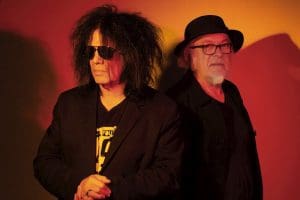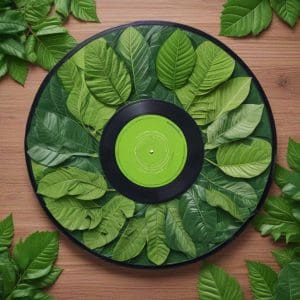Click Interview with Kill Shelter: ‘I Am Undoubtedly My Harshest Critic’
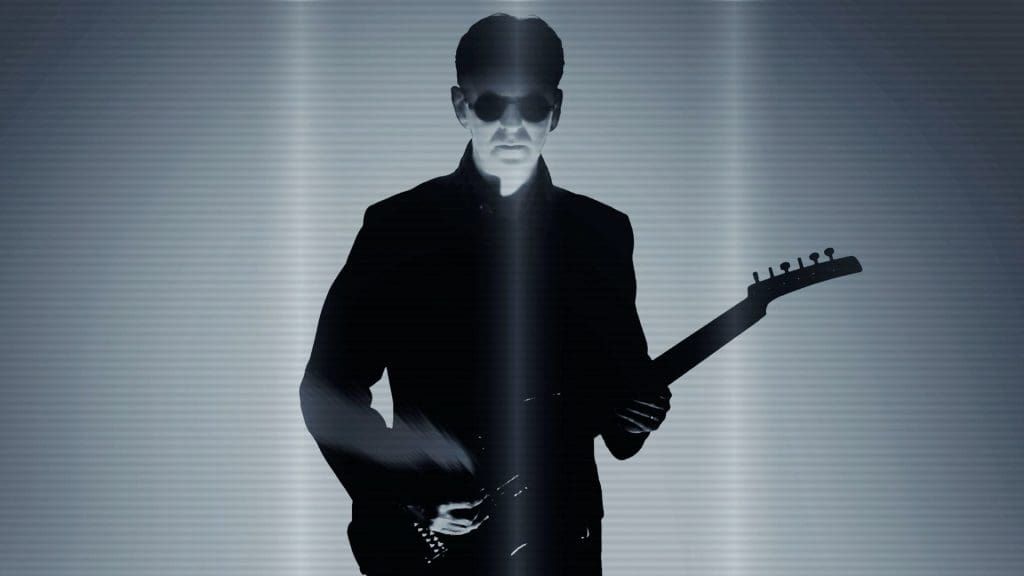

Pete Burns started playing guitar when he was nine years old and has always retained a passion for creating music. He was the outsider kid at school who listened to alternative music and didn’t conform even at that age. Some things never change. Pete was (and still is) a big fan of Modern Eon’s “Fiction Tales” and that album epitomises Post-Punk for him. Other notable and influential releases from that time included “Quiet Life” and “Gentlemen Take Polaroids” by Japan, “Systems Of Romance” by Ultravox, “JuJu” and “Peek-A-Boo” by Siouxsie And The Banshees, “Black Celebration”, “Music For The Masses” and “Violator” by Depeche Mode, and the early Sister Of Mercy singles as well as “First And Last And Always”. Laterally bands like She Past Away, Trentemøller, The Soft Moon, Soft Kill, M!R!M and the now disbanded Ascetic have all, amongst many others, played a part in refueling Pete’s for the genre. Kill Shelter stands for pure Cold-Wave music. A first album “Damage” got released in 2018 by Unknown Pleasures Records. Four years later he strikes back with “Asylum” –released by Manic Depression Records for Europe and Metropolis for the US. Pete Burns worked together with guest singers and accomplished a true masterpiece. I talked about Kill Shelter with this genius Scottish multi-instrumentalist and producer.
(Courtesy by Inferno Sound Diaries)
Q: You’re a so-called ‘multi-instrumentalist’ playing guitar, bass, e-bow, synths. Do you’ve a favourite instrument and is there a kind of hierarchy in the instruments when composing songs?
Pete: Definitely. I always start on the guitar. In some cases like “The Necklace”, it’s the bass but mainly my go-to instrument is the guitar. I’ll write the main riffs and themes first and once I’ve got those down, that forms the basis of the demo. In some cases those guitars will stay to the final edit or some may be completely removed. I’ll put down the bass after that and then start to work on the drums. Synths, guitar processing and textures come last. The vocals will always come in after the song has most of the parts written. I’ll then arrange the song around the vocals before doing final production work.
Q: I’m deeply impressed by your guitar play injecting a true, dark, spirit into your work. How do you see yourself as a guitarist? Who are your favorite guitar players and what do you especially like in their play?
Pete: Thank you so much. That really means a lot to me. I still see myself as a guitarist first but I think most people know me for my production work.
When it comes to guitar I will happily listen to a lot of stuff even if I don’t particularly like it from a style perspective. I’m always open to learning. I prefer guitarists who have tried to do something different like Christian Fennesz, Robert Fripp, Adrian Belew, Robin Simon, Rob Dean, Tony Iommi, Mick Karn, Andy Summers and John McGeoch. Gary Marx wasn’t a technical guitarist but he had a wonderful sense of melody and he’s one of my favourite guitarists because of it.
I’ve been working on something that isn’t for Kill Shelter which is mainly guitars. I’ve developed Dupuytren’s disease and arthritis in my hands so I’m keen to get as much recorded as possible before playing becomes impossible. I already struggle on some days but, whatever happens, I’ll find a way to make a noise in one way or another.
Q: Your new album “Asylum” comes four years after the great debut album “Damage”. How do you look back at “Damage” and how did the transition in between both albums happen? Did you focus on new/different elements of the production?
Pete: I was extremely fortunate with “Damage” to have the support and buy-in from so many like-minded people from around the world. I am still very grateful that they agreed to work with me, especially as I was (and still am to some extent) a totally unknown artist. I think I was finding my feet with Kill Shelter through “Damage” and the early remixes but I’ve had a plan for the trilogy of multi-collaboration albums from the outset.
At the time, “Damage” focussed solely on emerging talent. In contrast, I wanted “Asylum” to reflect the last four decades of Dark-Wave. At first I thought “Asylum” was going to be a double album but the delivery was fraught with difficulties as people who were scheduled to appear could no longer commit for one reason or another. It wasn’t straightforward and that’s one of the reasons it was four years in the making.
I think I was more confident and determined tackling “Asylum”. Adding my own vocals and having a guitar-only track (“Time Will Come”) were very conscious decisions that pushed me out of my comfort zone. I think working with others always pushes my production skills but I find that harder to achieve when I’m working on my own, especially when it comes to gauging if it’s good or not. I am undoubtedly my harshest critic.
Q: “Asylum” sounds like a dark and tormented title which is also reflected in the lyrical themes. What did you, together with the guest singers, try to express and/or eventually externalize? What is it all about?
Pete: I always work with an overriding concept when I tackle albums be it “Damage”, “A Haunted Place” or “Asylum”. It makes the collaborations more cohesive. The core approach with “Asylum” was to explore the duality of the meaning of the word, highlight global humanitarian issues such as human trafficking, domestic violence, exploitation and the plight of asylum seekers, as well as exploring themes of personal disillusionment and mental health. For example, domestic abuse has risen by 33% and over 75,000 migrant deaths have been recorded globally – these numbers speak for themselves.
Remembering that “Asylum” was written with the backdrop of a global pandemic, Brexit here in the UK, destructive international politics, Black Lives Matter, Me Too, increased effects of global warming and, more recently, the war in Ukraine.
We’ve seen a lot of things happen in the last few years. It’s not an overtly political album but these threads run through the overall themes and narrative and, as with many of my lyrics, they can be interpreted in various ways.
Q: Kill Shelter is much more than simply a solo-project as you’re working with guest singers –and even very famous ones like Ronny Moorings. What are your main criteria to work with a guest singer and how do the collaborations happen? The most surprising name among the list is for sure Stefan Netschio so how did you come to work together?
Pete: The starting place for me is always people with outstanding vocals and that have written songs that I think ‘I wish I’d written that’. I’m not a great singer and I also like to work with other people – it always takes the material in an unexpected direction and I can listen more objectively when someone else is involved.
I write demos with specific people in mind and I think that really helps the process. I don’t just write a track for the sake of it then try to desperately find someone to sing on it. It’s far from that. I’ll either have the demo ready or float the idea with the artist first. I always ensure that they are part of the process and that they are totally happy with the way that they are represented.
Stefan has an incredible voice and “Daisy Cutter” is one of my all time favourite songs. He is very personable and professional and is a producer’s dream to work with. I was delighted he was so open-minded as he hadn’t heard of Kill Shelter when I originally spoke to him so there was a big leap of faith on his part to work with me. We got on really well through the process and I had the absolute pleasure of meeting up with him recently. They say never meet your idols but in this case I would say that definitely doesn’t apply.
I was absolutely delighted when “In This Place” reached number one in the Deutsche Alternative Charts and I really hope we can work together again soon.
Q: In between “Damage” and “Asylum” you also released an album together with Antipole. I noticed a true chemistry between both of you, but how do you look back at this experience, which I think was inspired by personal themes like loss, addiction, isolation and remorse? Can we expect a new album? Any other plans in the pipeline?
Pete: Karl has become a really good friend of mine. After sharing the same label (UPR) for our debut albums, working on remixes together then Karl appearing on “Damage” we have kept in touch for years now. We got the chance to meet at the Cold Transmission Festival in 2019 where I did a Rule of Three DJ set. We got on incredibly well over that weekend and decided there and then we should do an album together. We are very like-minded. Troubled and sensitive but determined at the same time. We share a lot of ideals and philosophies.
Karl really supported the idea of me doing vocals on “A Haunted Place” even though it was originally going to be an instrumental album featuring mainly guitars. Because it was entirely my voice on the album, the songs had to be very personal to me. I always wear my heart on my sleeve and, in a way, writing the songs on “A Haunted Place” was a very cathartic process for me.
We still chat most days and I’m looking forward to the day I either head to Norway or he visits here. We do have plans to do another album together but there’s no immediate rush or pressure on that. I have the working title and concept and we have a few demos already so the process has started. I want it to be different from our last album though. It needs to feel like a development not more of the same.
I contracted Covid in August and have had some ongoing issues following that so, unfortunately, I’m having to take some time away. Both my hearing and voice have been affected so I need that to settle down before I begin that journey again. I’ve had to pull quite a few things from my schedule and it’s never great to have to let people down but things aren’t great at the moment.
I’m looking forward to things getting better all round for all of us…
Since you’re here …
… we have a small favour to ask. More people are reading Side-Line Magazine than ever but advertising revenues across the media are falling fast. Unlike many news organisations, we haven’t put up a paywall – we want to keep our journalism as open as we can - and we refuse to add annoying advertising. So you can see why we need to ask for your help.
Side-Line’s independent journalism takes a lot of time, money and hard work to produce. But we do it because we want to push the artists we like and who are equally fighting to survive.
If everyone who reads our reporting, who likes it, helps fund it, our future would be much more secure. For as little as 5 US$, you can support Side-Line Magazine – and it only takes a minute. Thank you.
The donations are safely powered by Paypal.

